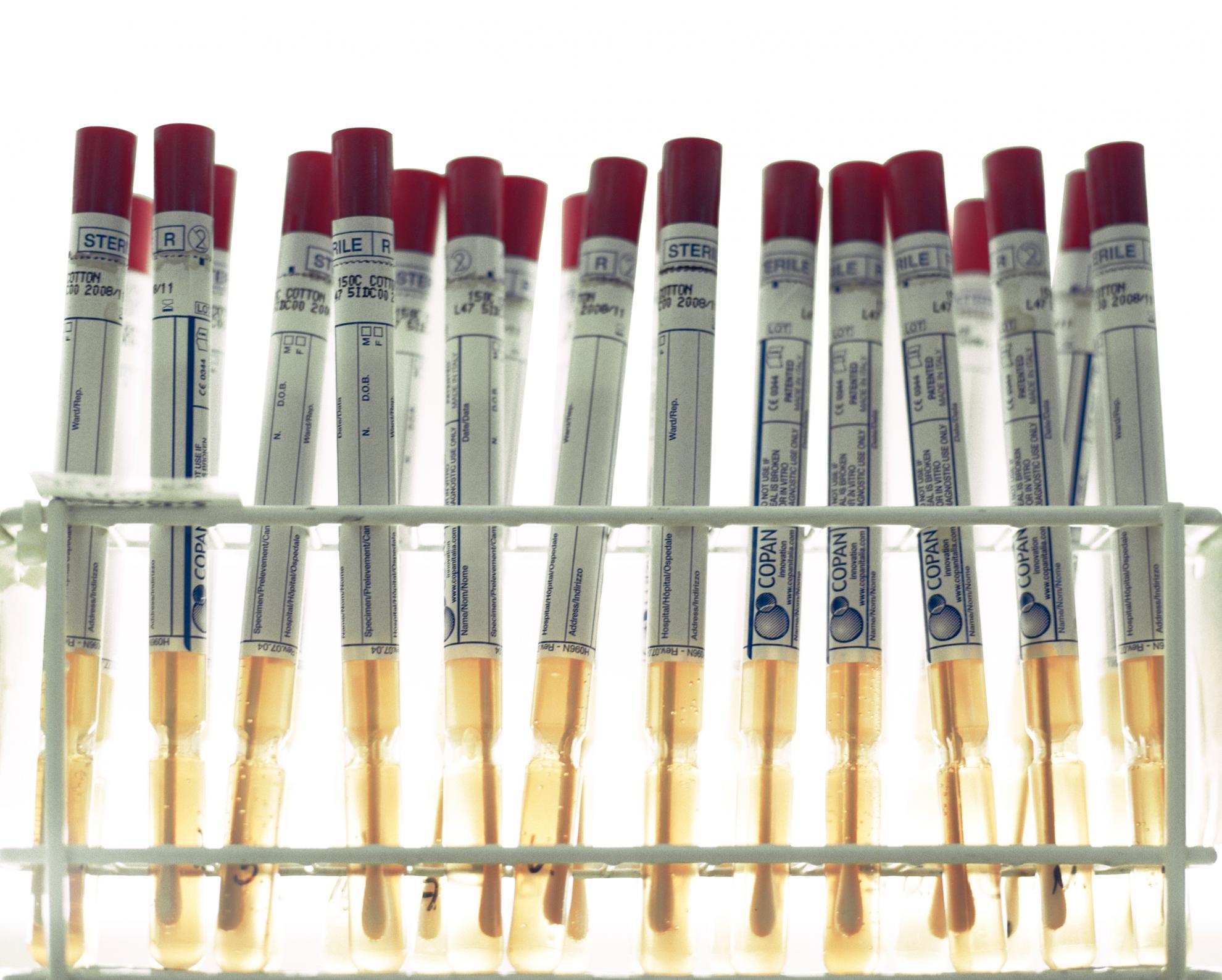The Pirbright Institute, which is home to several World Reference Laboratories for viral diseases of livestock, is using its equipment and expertise in diagnostics and disease surveillance to support COVID-19 testing in the UK. The Institute is helping in three key areas, all of which will enable the UK to be able to increase its capacity to test both patients and NHS staff and fulfil the Government’s pledge to deliver 100,000 COVID-19 diagnostic tests by the end of this month (April).
Pirbright has supplied 13 of its high-throughput testing instruments to the UK’s National Coronavirus Testing Centre in Milton Keynes. The highly specialised equipment comprises seven nucleic acid extraction robots and six polymerase chain reaction (PCR) machines, which will be used to detect the presence of the COVID-19 virus in samples taken from potentially infected people and/or healthcare workers.
These machines are usually used in Pirbright’s reference laboratories to test for animal diseases such as foot-and-mouth disease, African swine fever and bluetongue. The Institute has retained enough diagnostic equipment to respond in the event of a viral livestock disease outbreak in the UK.
In addition to supplying diagnostic equipment, over 60 of Pirbright’s diagnostic staff and scientists have volunteered to join the testing effort at seven Public Health England testing sites across the country. Volunteers started working in these laboratories from 23 March and continue to work away from their families and home to support the UK’s diagnostic efforts. These volunteers will be deployed on a rota basis for as long as is needed.
The Institute is also using its unique expertise and facilities to support COVID-19 research and vaccine development. Scientists with expertise in animal coronaviruses are studying the virus (SARS-CoV-2) that causes COVID-19 to understand more about its biology and how it infects cells. The first vaccine trial is also underway where a potential vaccine is being tested in pigs, which provide a good model since their respiratory system is similar to that in humans. If successful, the next step would be to start human trials, however this is still many months away.
